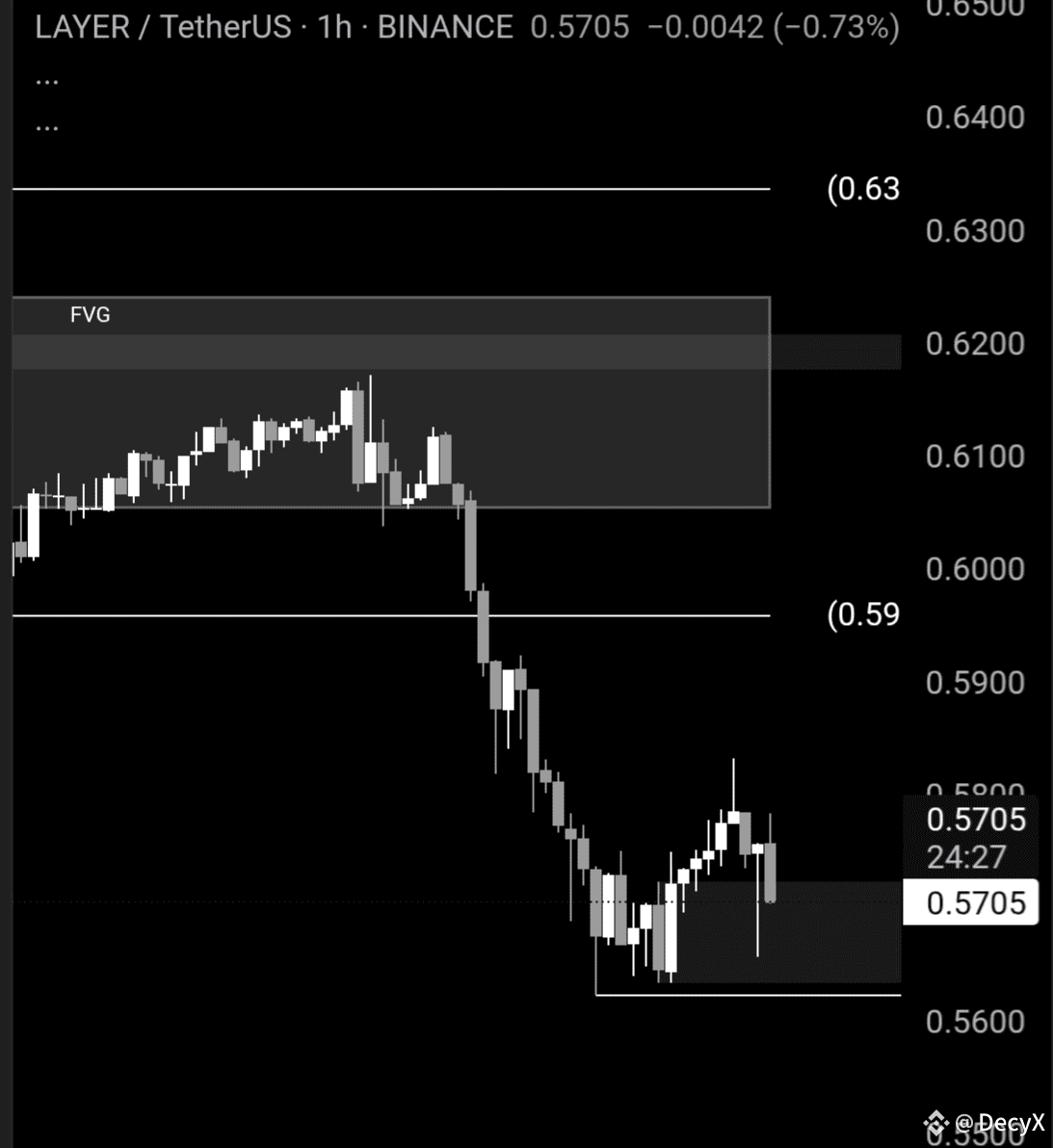Introduction
As decentralized finance (DeFi) expands, the demand for scalable, secure, and developer-friendly blockchain infrastructure has never been greater. Solayer enters this space as a next-generation modular blockchain platform, designed to address the bottlenecks of speed, cost, and complexity that plague many existing ecosystems. By focusing on layered scalability, interoperability, and flexibility, Solayer positions itself as a foundational infrastructure project - one that could redefine how DeFi applications are built and adopted across Web3.
Core Offering
Solayer differentiates itself through its robust infrastructure capabilities:
• Modular Architecture: Allows developers to customize performance and scalability features without compromising security.
• High Throughput Performance: Optimized for low-latency transactions, ensuring DeFi applications run seamlessly.
• Interoperability Across Chains: Bridges designed for fluid asset and data movement across multiple ecosystems.
• Developer-Centric Tools: SDKs and APIs that simplify the process of building, scaling, and deploying dApps.
• User-First Experience: Focus on reducing transaction fees and providing near-instant settlement to improve adoption.

Innovation & Why It Matters
Solayer’s innovation lies in its multi-layered design, which separates computation, storage, and consensus into modular components. This is a paradigm shift from monolithic blockchain structures, enabling customization and efficiency at scale. Why does this matter? Because as DeFi matures, the infrastructure supporting it must evolve - Solayer provides the scalable backbone needed for high-demand use cases, from complex derivatives to real-world asset tokenization.
• Solayer paints a vision of blockchain as limitless infrastructure, where each developer can tailor the chain to their exact needs. It is not just a platform but a canvas for building the next financial systems of the digital age.
• For the industry, Solayer represents a serious solution to blockchain inefficiencies. By enabling modular scaling, it positions itself as a key competitor in the infrastructure race, appealing to developers, enterprises, and institutions alike.
• With the surge of DeFi protocols and on-chain financial innovation, Solayer arrives at the perfect time. It directly addresses challenges of cost, speed, and scalability, making it highly relevant for both builders and users seeking long-term sustainability.
Conclusion
Solayer stands as more than just another blockchain project - it is a strategic answer to the scaling dilemma. With modular flexibility, performance optimization, and developer-first tooling, it sets the stage for the next wave of DeFi adoption. If it sustains its momentum and ecosystem growth, Solayer could become a cornerstone in the future of financial infrastructure, driving both innovation and mass adoption in Web3.
@Solayer #BuiltonSolayer $LAYER